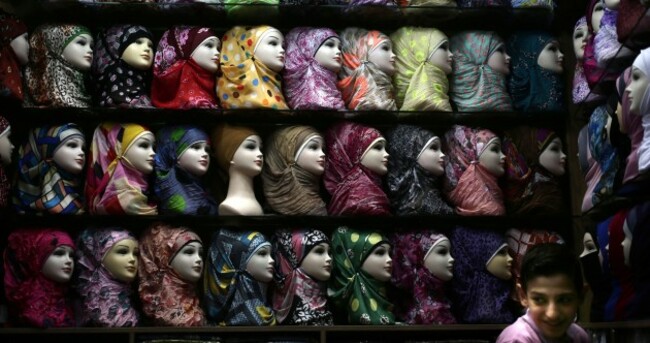Support from readers like you keeps The Journal open.
You are visiting us because we have something you value. Independent, unbiased news that tells the truth. Advertising revenue goes some way to support our mission, but this year it has not been enough.
If you've seen value in our reporting, please contribute what you can, so we can continue to produce accurate and meaningful journalism. For everyone who needs it.


 A Syrian military soldier holds his AK-47 with a sticker of Syrian President Bashar Assad and Arabic that reads, "Syria is fine," as he stands guard at a check point on Baghdad street yesterday. (AP Photo/Hassan Ammar)
A Syrian military soldier holds his AK-47 with a sticker of Syrian President Bashar Assad and Arabic that reads, "Syria is fine," as he stands guard at a check point on Baghdad street yesterday. (AP Photo/Hassan Ammar) This image provided by Shaam News Network, which has been authenticated based on its contents and other AP reporting, purports to show the dead bodies of children after an attack on Ghouta, Syria on Wednesday. (AP Photo/Shaam News Network)
This image provided by Shaam News Network, which has been authenticated based on its contents and other AP reporting, purports to show the dead bodies of children after an attack on Ghouta, Syria on Wednesday. (AP Photo/Shaam News Network) Syrian refugees stand in a queue to receive free food at Kawergost refugee camp in Irbil, 217 miles north of Baghdad yesterday. (Image: Hadi Mizban/AP/Press Association Images)
Syrian refugees stand in a queue to receive free food at Kawergost refugee camp in Irbil, 217 miles north of Baghdad yesterday. (Image: Hadi Mizban/AP/Press Association Images)












have your say